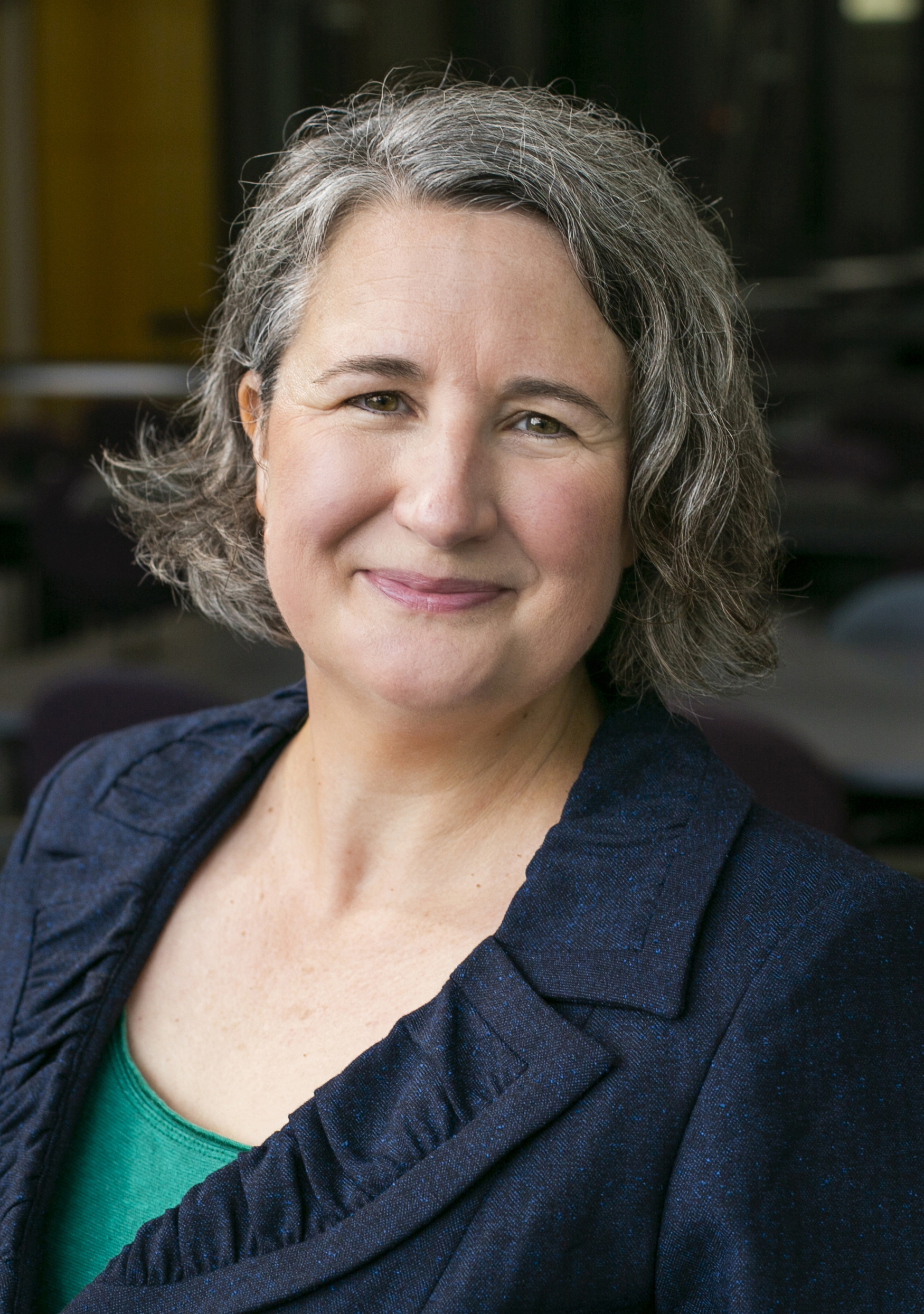*Free registration is required to use the toolkits provided within HIPxChange. This information is required by our funders and is used to determine the impact of the materials posted on the website.
Background
Catalyst films are short films made of narratives – interviews of people discussing their health experiences and experiences receiving health care – designed to ensure that an improvement, co-design or educational process includes health experiences and to catalyze meaningful and active participation of patients in activities. They are both a patient engagement/co-design method and a participatory visual method.
Health Experiences refers to how people experience health, illness, treatment, and the delivery of care. It is a form of knowledge that is as important as scientific, epidemiological, and clinical knowledge to inform healthcare. (Ziebland, 2013)
Sometimes called “trigger films” in the United Kingdom, catalyst films have historically been created as part of an Experience-Based Co-Design (EBCD)1 process to ensure broad representation of health experiences and ignite conversation and action with key stakeholders engaged together in redesign. More recently, UK researchers created catalyst films from existing health experiences interview clips compiled through a rigorous qualitative research process. These films have proven just as effective for co-design and allow for an accelerated EBCD process. (Locock, 2014)
Catalyst Films are relatively new to the United States. They are a form of video ethnography, the videoing of everyday health care practices and/or participant accounts of health care. (Neuwirth, 2012)
Why use a Catalyst Film?
Using catalyst films in health care quality improvement (QI), co-design, research, or educational processes is a way to ensure that transformations are grounded in the values of people at the center of health care.
Ideally a catalyst film is used with other patient engagement/co-design methods so a robust, broad representation of health experiences informs efforts. The Guidebook offers resources for other methods to consider, as does a companion HIPxChange toolkit: Patient Engagement in Redesigning Care.
View the ToolkitWho should use this toolkit?
This toolkit is intended for a variety of audiences who are interested in including health experiences in process changes and/or the improvement of healthcare and social services. It can also be used to inform policy change, research, or for educational purposes.
What does the toolkit contain?
The toolkit contains links to Catalyst Films, a Guidebook, Worksheets, and Resources:
- Catalyst Films: Short films made of narratives – interviews of patients discussing their health experiences and experiences receiving health care – designed to ensure that processes include patients’ experiences and to catalyze meaningful and active participation of patients in activities.
- Guidebook: The Guidebook provides context and an introduction to the use of Catalyst Films for various activities. It situates Catalyst Films with other co-design and patient engagement methods and highlights the value of Catalyst Films according to various audiences. It provides practical guidance on how the films can be used.
- Worksheets: The Guidebook Appendix contains sample Agendas for Film Viewing, and Handouts for individual and group reflection.
- Resources: The Guidebook Appendix also contains links to Additional Resources on: Quality Improvement (QI), Patient Engagement for QI, Experience-Based Co-Design, and other Participatory Visual Methods.
How can the film and materials be used?
The film can be used in a variety of ways. Here are a few examples organized by type of activity:
- Organizational Culture and Climate Change: Show the film to reinforce values and beliefs to guide behavior, such as agreed upon practices, and procedures. The film can also be used to reinforce a culture of patient and family-centered care and co-design.
- System and Quality Improvement: Show the film at a QI team meeting to provide a shared understanding of some of the ways experiences with a health condition are diverse and could be improved. Then initiate conversation about what the team wants to learn from patients and how they will do that (what methods they will use). Show the film to all staff and clinicians when a patient-centered process change is introduced (or as a refresh) to reinforce the value of the change to patients.
- Research: Use the film to identify potential areas for developing a testable intervention which directly reflected patient priorities. (Raynor, 2020)
- Patients’ Experiences Education and Training: Use them to educate clinicians, social service providers and other stakeholders about patients’ diverse experiences and ground work in patient-identified needs.
- Co-Design Generally: Use the film to include patient voices and perspectives in conversations.
They can be viewed in a group setting or by individuals. Materials are provided to facilitate reflection and conversation.
In constructing the film and guidebook, we have endeavored to follow best practices that can facilitate ease of implementation. As such, we created films with different foci and length, and offer scripts; discussion guides; and implementation ideas. This approach is designed to make the intervention ready to be tested on a small scale and then adapted to your context as needed.
What are the benefits of using a Catalyst Film?
These films can be effective and transformative because “narratives can engage care providers at a deep emotional level, in reflecting on how services could be improved.” (Locock, 2014)
Clinicians and clinic staff from our focus group conveyed the following benefits:
“From a healthcare point of view, it’s nice to hear people’s opinions that you wouldn’t hear in person. It’s nice to be able to make improvements in care based on real experiences”
“I did feel compassion and more understanding with the real patients discussing their depression”
“Helpful to hear real stories and multiple stories – not pretend it’s all the same or ‘one size fits all’
“To understand we have implicit bias and are not aware of what blinds us at times”
Several patients involved in the creation of the original HealthExperiencesUSA.org resource continued to serve as Patient Ambassadors to help spread the word about the resource. Two of these Ambassadors reflected on the benefits of a Catalyst Film:
“The key is authenticity…that [the film] is directly conveying what the participants have said, not trying to put it into any sort of narrative or message.”
“I think it’s a good way to remind… health professionals of the severity [and] novelty of this process [of seeking treatment] for some people”
Development of this toolkit
The Young Adults’ Experiences With Depression: A Catalyst Film and the Catalyst Films about Health Experiences Guidebook was developed by researchers and clinicians at the Center for Patient Partnerships, the University of Wisconsin-Madison Department of Family Medicine and Community Health, School of Medicine & Public Health, and University of New Mexico School of Medicine, Family & Community Medicine.
The guidebook is informed by an extensive literature review and focus group and individual discussions with clinicians, staff, health care leaders, researchers, and patients who have participated in patient experiences interviews. The film was created from existing footage from the Young Adults with Depression module on HealthExperiencesUSA.org and additional interviews conducted in early Spring 2019 and February 2020.
We were supported in this work by the University of Wisconsin-Madison’s Clinical and Translational Science Award program, through the National Institute of Health National Center for Advancing Translational Sciences, with grant UL1TR002372. The content is solely the responsibility of the authors and does not necessarily represent the official views of the National Institutes of Health or other funders.
Please send questions, comments and suggestions to: Sarah.Davis@wisc.edu
Acknowledgements
The authors would like to acknowledge the contributions of the participants and patient experience ambassadors: Brendan, Elizabeth, Njeri, Jacob, Violet, Pete, Tia, Nora, Teri, Casey, Joey, Natasha, Brendan, Jackson, Nadina, Myra, Jason, Kate, Colin.
Thanks also to other researchers and staff who contributed to this project, including Madison Wynn, Amy Amessoudji, Jake Nitzkin; Jonathan Bullock, Dexter Borrowman, Felipe Dest, Sara Flores from Kaiser Permanente; and Peter Mendel, from the Rand Corporation, USA.
Special thanks to The Health Experience Research Group (HERG) at Oxford University’s Nuffield Department of Primary Care Health Sciences, and Louise Locock, University of Aberdeen, for conceiving of Catalyst films and providing guidance during our process of making this one.
Thanks to Tarazod Films and Media LLC for video editing.
Toolkit Citation
Guidebook: Davis S, Pandhi N, Crowder, M, Grevious, N., Ingersoll, H., Warren, B, Perry, E., Sussman, A, Grob, R, Catalyst Films about Health Experiences Guidebook, Center for Patient Partnerships, University of Wisconsin-Madison, University of New Mexico School of Medicine, Family & Community Medicine, UW-Madison Institute for Clinical & Translational Research, Health Experiences Research Network, and the UW Health Innovation Program; 2021. Available at: http://www.healthexperiencesusa.org/catalystfilms
Film: Davis S, Pandhi N, Crowder, M, Grevious, N., Ingersoll, H., Warren, B, Perry, E., Sussman, A, Grob, R, Young Adults’ Experiences With Depression: A Catalyst Film. Center for Patient Partnerships, University of Wisconsin-Madison, University of New Mexico School of Medicine, Family & Community Medicine, UW-Madison Institute for Clinical & Translational Research, Health Experiences Research Network, and the UW Health Innovation Program; 2021. Available at: http://www.healthexperiencesusa.org/catalystfilms
References
- Davis S, Pandhi N, Warren B, Grevious N, Crowder M, Ingersoll H, Perry E, Sussman A, Grob R. Developing catalyst films of health experiences: an analysis of a robust multi-stakeholder involvement journey. Res Involv Engagem. 2022 Jul 29;8(1):34.
- Bate, S.P., & Robert, G. (2007). Bringing user experience to healthcare improvement: the concepts, methods and practices of experience-based design. Oxford: Radcliffe Publishing.
- Locock, L., Robert, G., Boaz, A., Vougioukalou, S., Shuldham, C., Fielden, J., … & Pearcey, J. (2014). Using a national archive of patient experience narratives to promote local patient-centered quality improvement: an ethnographic process evaluation of ‘accelerated’experience-based co-design. Journal of Health Services Research & Policy, 19(4), 200-207.
- Neuwirth EB, Bellows J, Jackson AH, Price PM. How Kaiser Permanente uses video ethnography of patients for quality improvement, such as in shaping better care transitions. Health Affairs. 2012 Jun 1;31(6):1244-50.
- Point of Care Foundation, Case study 4: Using archive film to develop an accelerated form of EBCD. Available at: https://www.pointofcarefoundation.org.uk/resource/experience-based-co-design-ebcd-toolkit/case-studies/case-study-4-using-archive-film-develop-accelerated-form-ebcd/
- Raynor, D. K., Ismail, H., Blenkinsopp, A., Fylan, B., Armitage, G., & Silcock, J. (2020). Experience‐based co‐design—Adapting the method for a researcher‐initiated study in a multi‐site setting. Health Expectations.
- Ziebland, S., Coulter, A., Calabrese, J. D., & Locock, L. (Eds.). (2013). Understanding and using health experiences: improving patient care. OUP Oxford.
1Experience-based co-design (EBCD) of Health Care Services is an approach that enables staff and patients (or other service users) to co-design services and/or care pathways, together in partnership through a systematic, participatory process of reflection and collaboration. It involves making catalyst films about patient and staff experiences during the co-design process and viewing them separately and together to inform the co-design process. (Point of Care Foundation; Bate 2007)



 Njeri Grevious, BS, (she/her & they/them) serves on the
Njeri Grevious, BS, (she/her & they/them) serves on the  Haley Ingersoll, MSW, (she/her) is a recent graduate from the
Haley Ingersoll, MSW, (she/her) is a recent graduate from the 

 Madison Crowder, BS, is pursuing her doctorate degree in clinical psychology at
Madison Crowder, BS, is pursuing her doctorate degree in clinical psychology at 




